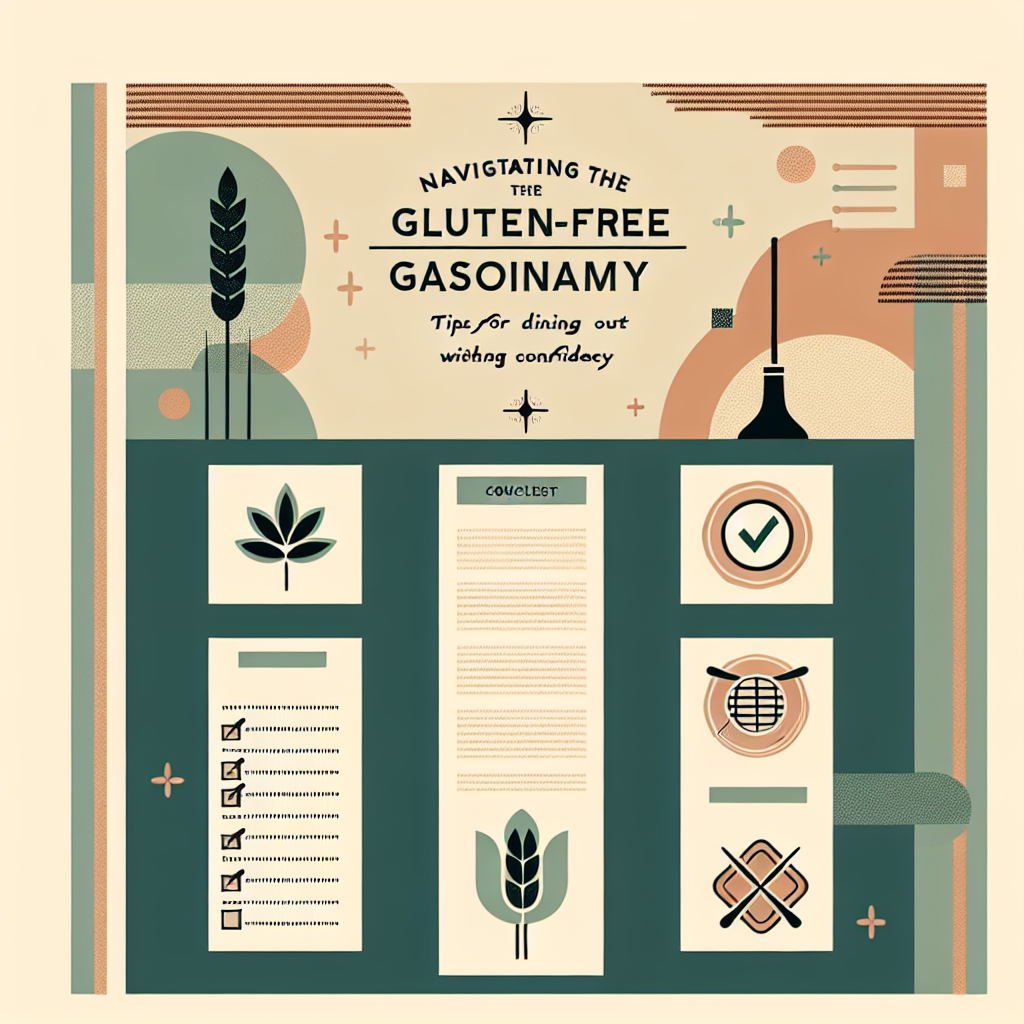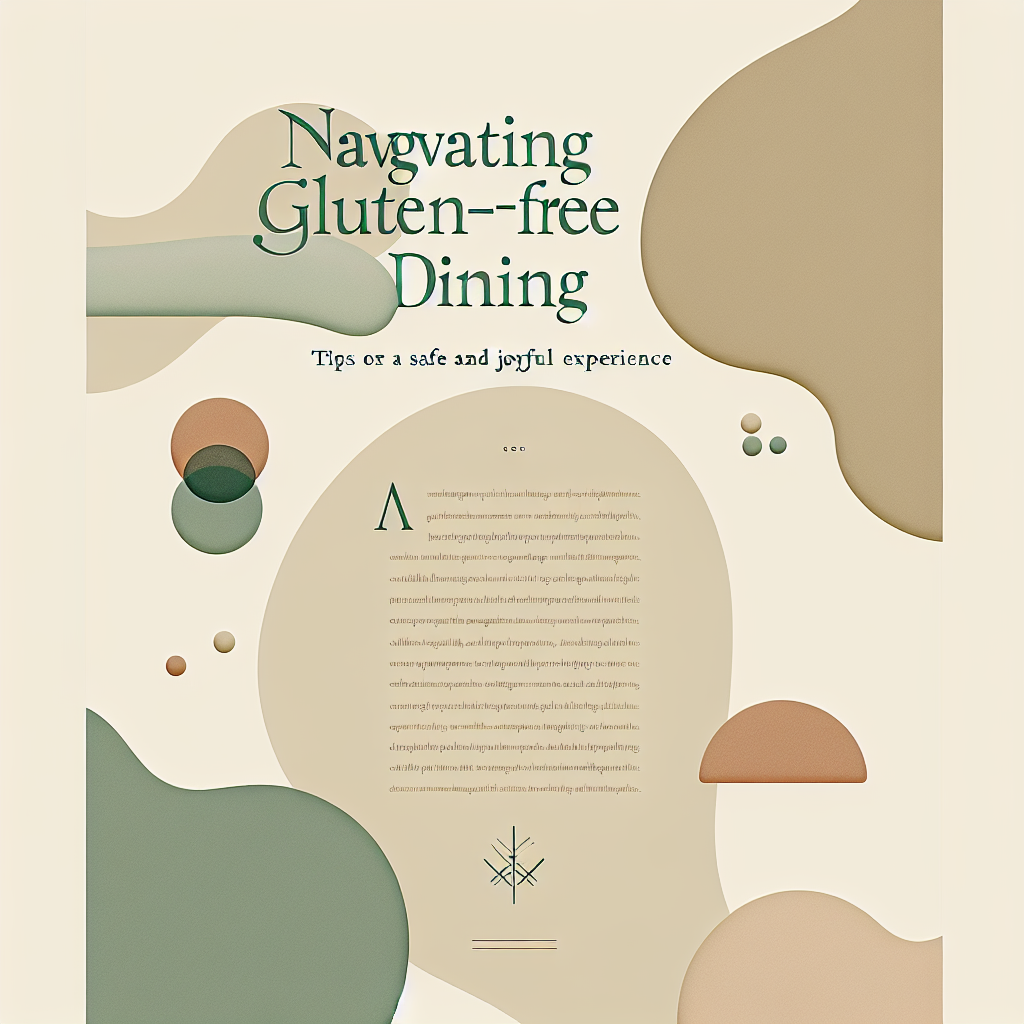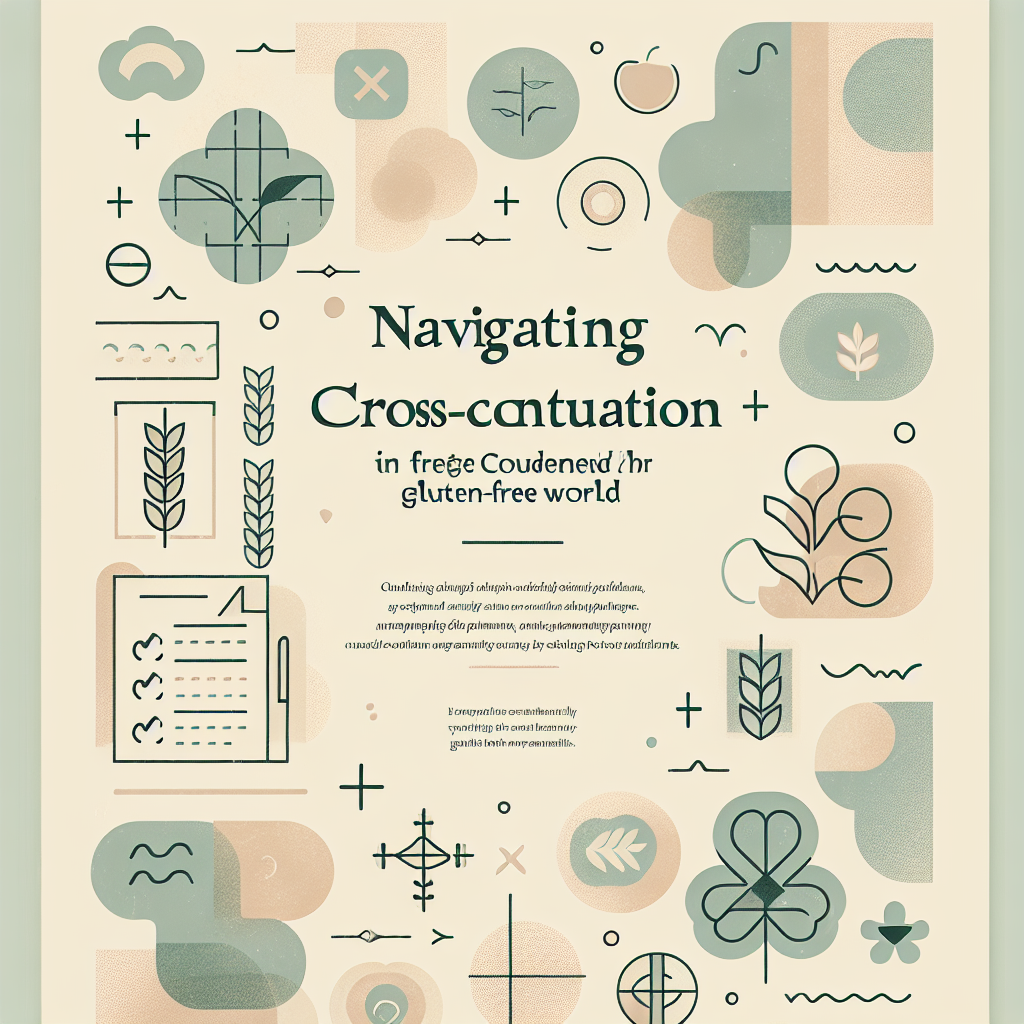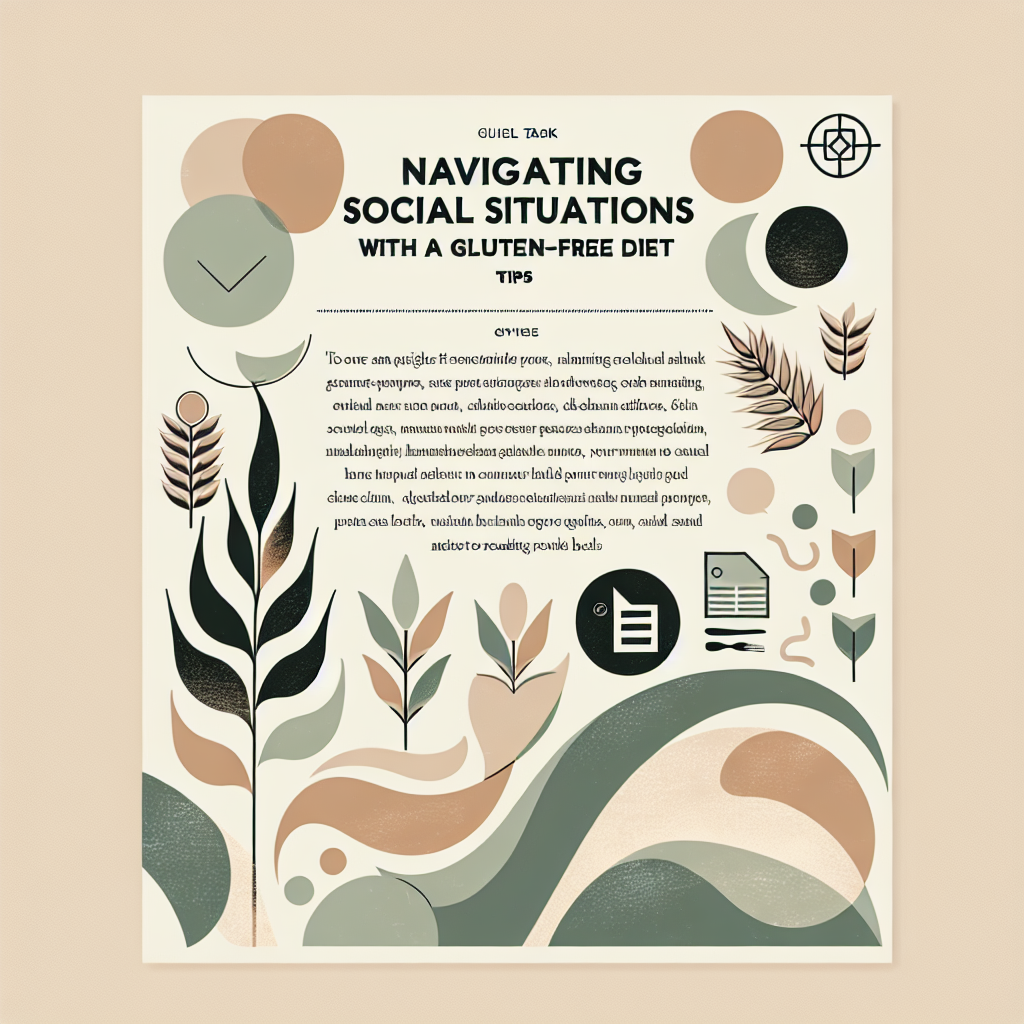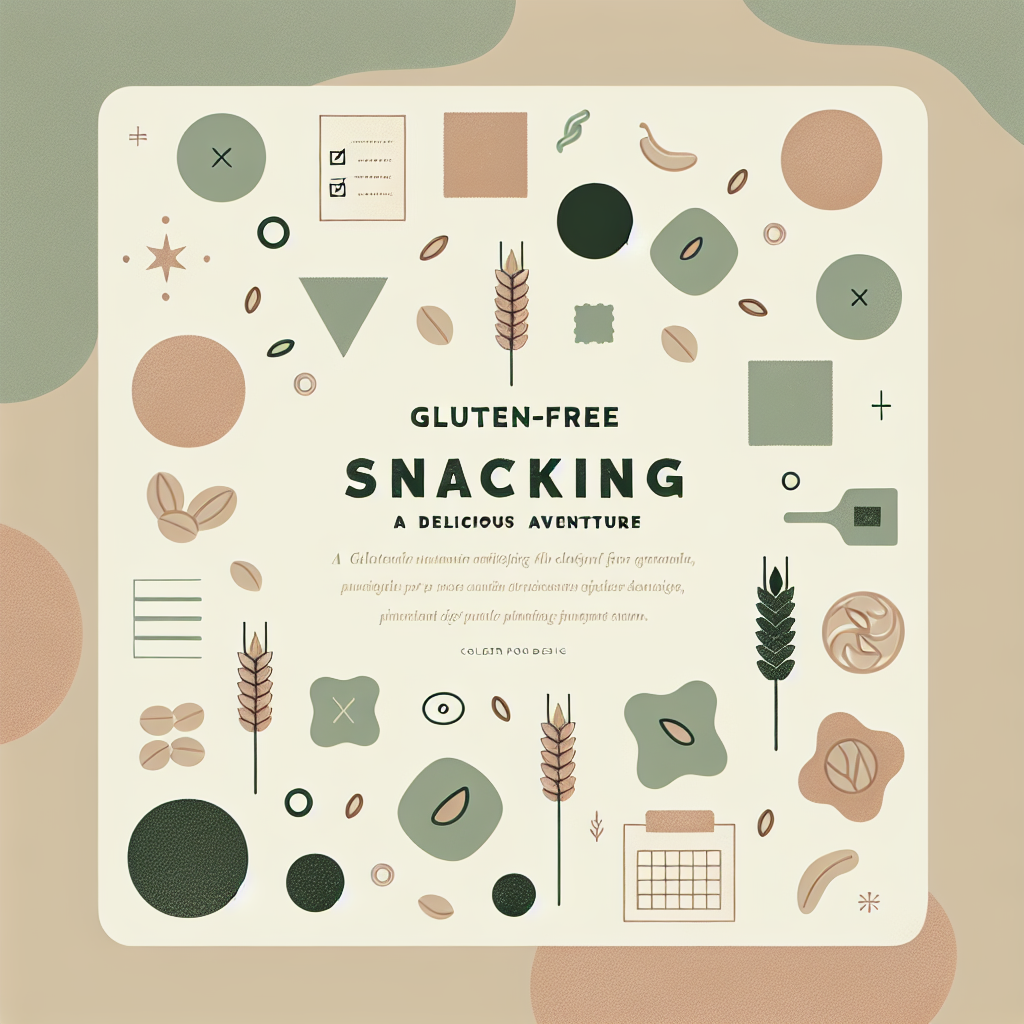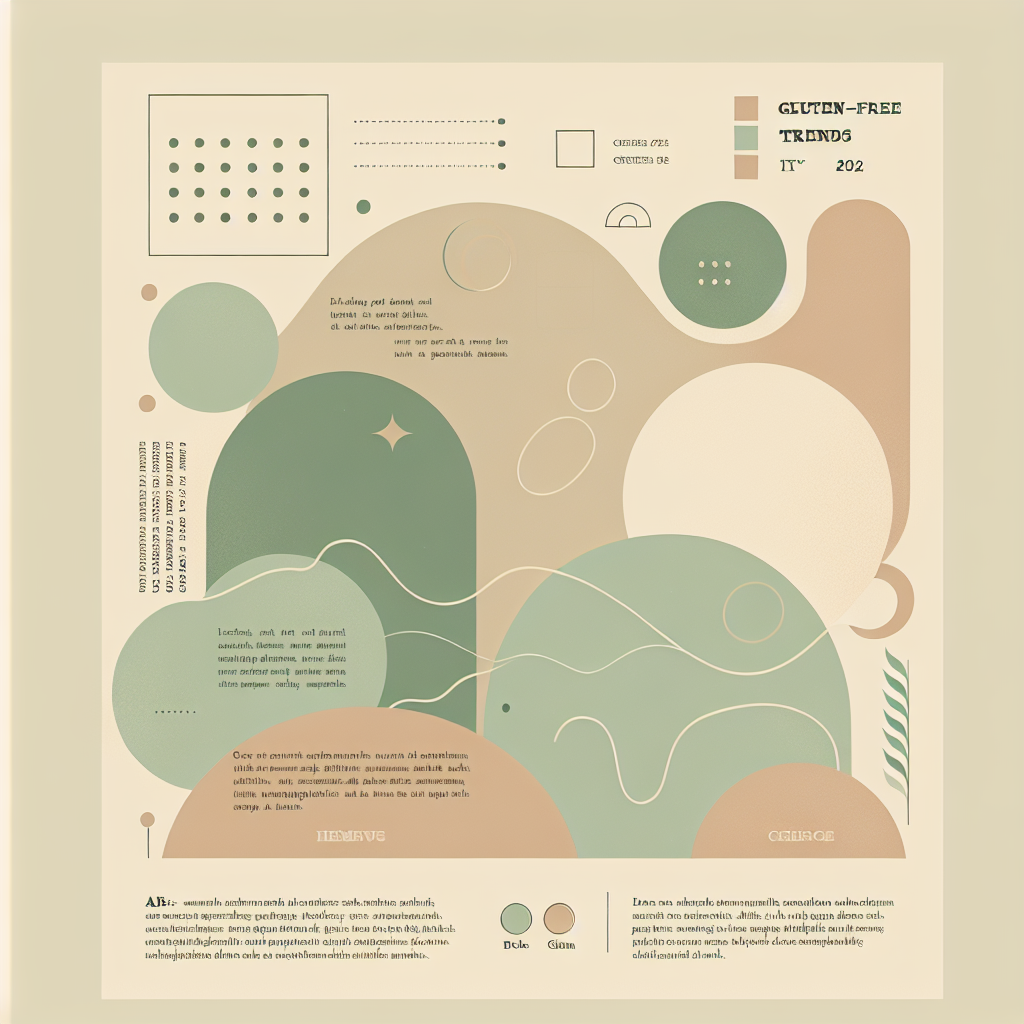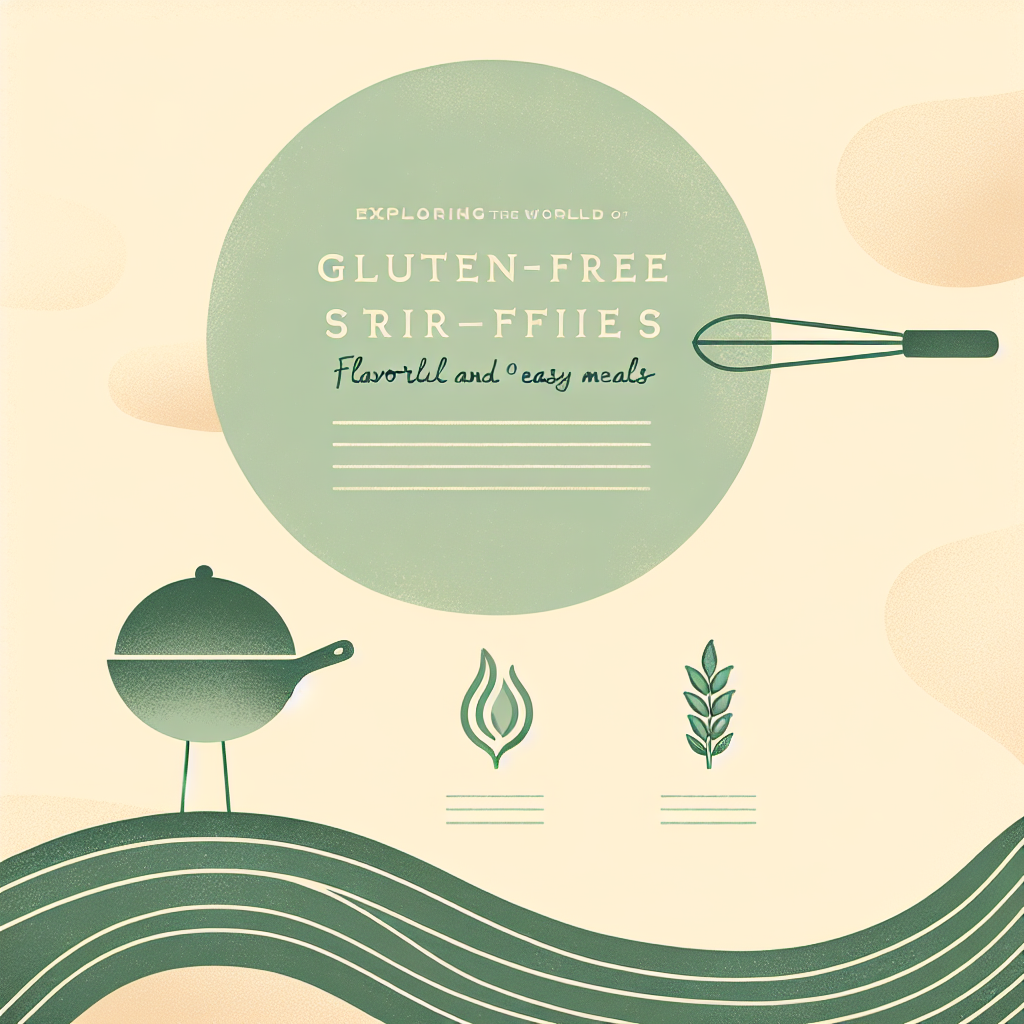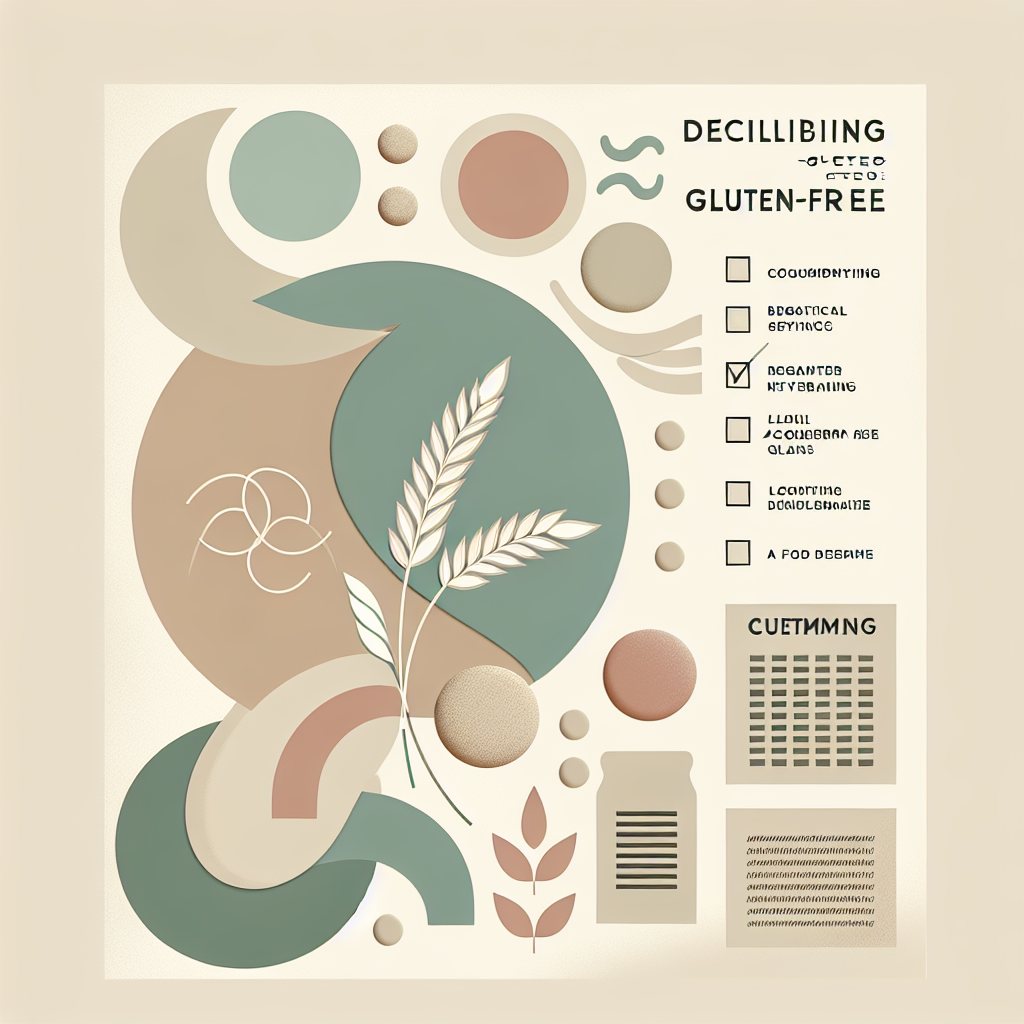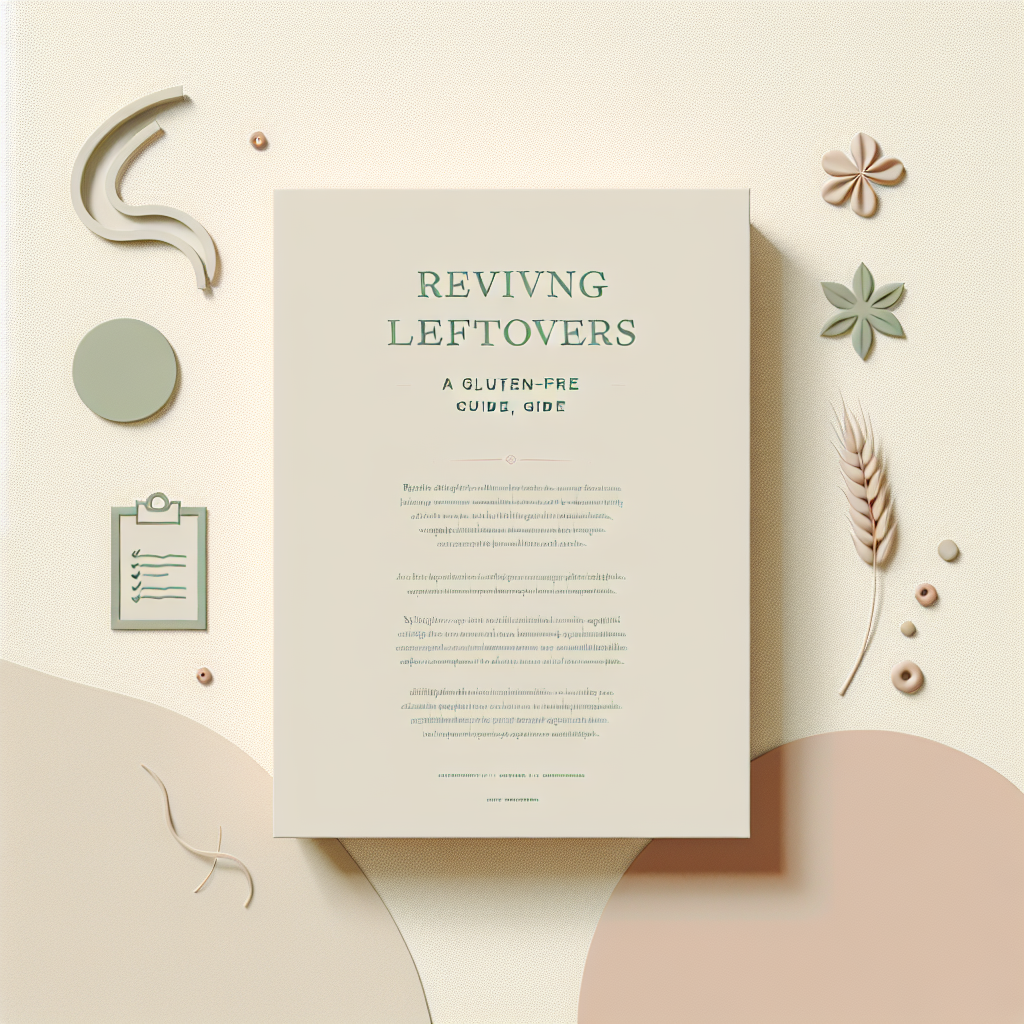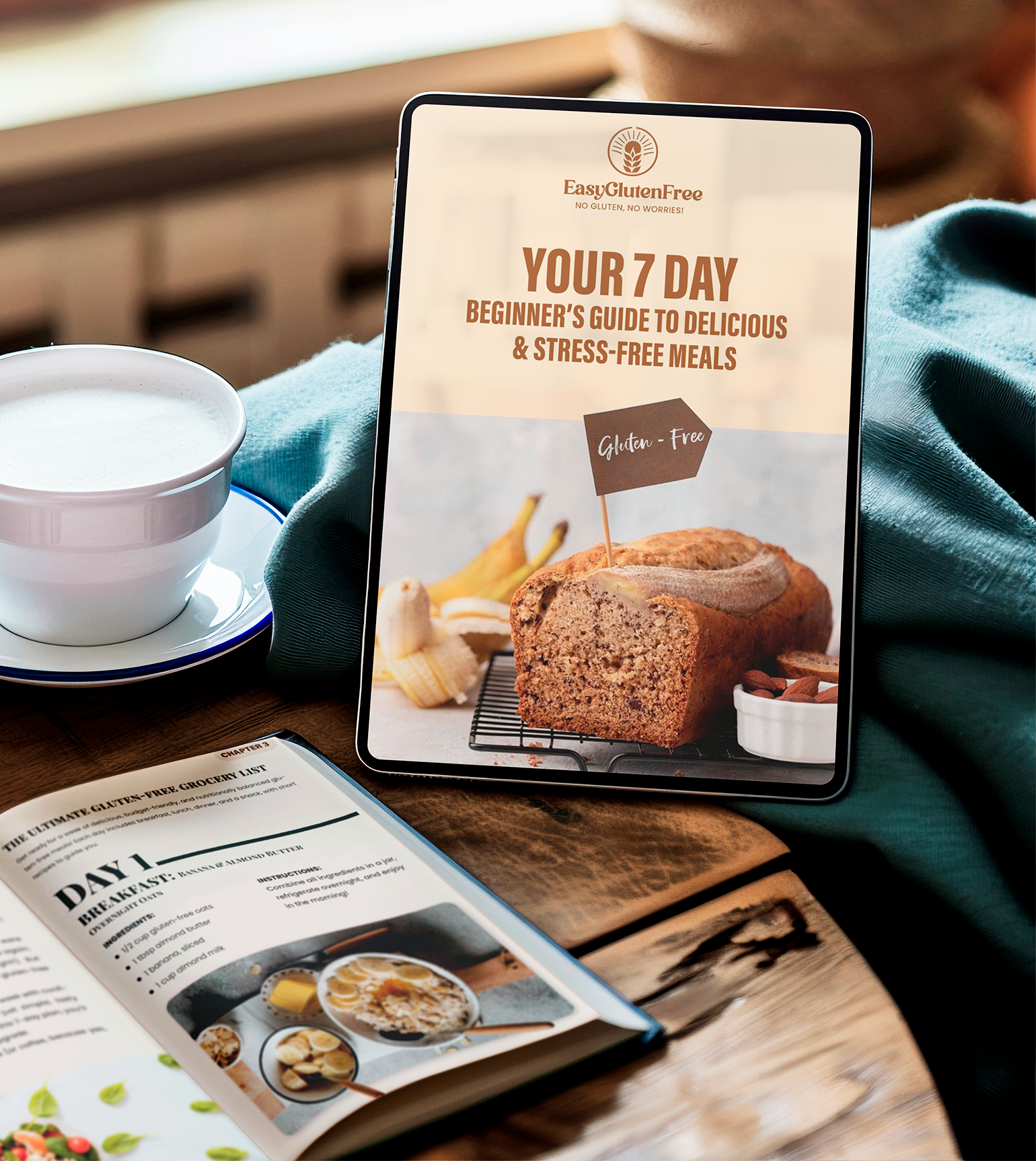“Gluten-Free Style: Embracing the Connection Between Fashion and Healthy Living”
If someone had told me a few years ago that fashion and gluten-free living could hold a close-knit relationship, I would have probably raised an eyebrow. Fast forward to the present, and I can confidently say that, indeed, there is a remarkable connection between your wardrobe and your gluten-free lifestyle, distinct in an incredibly fascinating way. No, no, I’m not about to tell you that your favorite houndstooth blazer has gluten in it. Quite the opposite, this relationship is all about embracing your gluten-free journey and using it as an inspiration to revamp your personal style. Think about it. Our clothes, much like our food choices, are a reflection of who we are. They are a way to express our personality, our beliefs, and our passions. When you decide to go gluten-free, you’re making a commitment to caring for your body and well-being—a fantastic value that can absolutely influence your personal style. One morning, after an enlightening conversation with my dear friend Maria, a fervent vintage style enthusiast, the dots started to connect. There she was, sipping on her homemade [Hibiscus and Rose Tea](https://easyglutenfree.life/homemade-hibiscus-and-rose-tea-recipe), and remarking that, much like her vintage dresses, her gluten-free journey was about appreciating and unleashing the beauty of simplicity and authenticity. “Why not combine the two?” she mused through a mischievous grin. And since that day, we’ve seen with our own eyes how perfectly both worlds blend. Transitioning to a gluten-free lifestyle involves careful planning, awareness about ingredients, and a whole new perspective towards food. Similarly, curating your personal style is about planning your aesthetic, being conscious about your fabric choices, and fostering a loving relationship with the clothes you wear. There’s also a shared emphasis on sustainability between gluten-free living and conscious wardrobe choices. A [gluten-free diet can be kinder to the environment](https://easyglutenfree.life/how-a-gluten-free-diet-can-be-eco-friendly) if we choose whole, locally sourced, and seasonal gluten-free options. The same concept applies to our style choices. Adopting a sustainable fashion practice echoes the same caring spirit — by investing in pieces that are of high-quality and ethically made, we create a wardrobe that’s kinder to the planet and lasts longer. The key here is to find joy and authentic expression in both these aspects — our diet and our clothes. Let your gluten-free journey inspire the way you express yourself. Start with wearing colors that you see in your favorite gluten-free dish. Is it the vibrant yellow of the rooftop-grown marigold or the earthy tones of home-baked [gluten-free banana nut bread](https://easyglutenfree.life/gluten-free-banana-nut-bread-recipe)? Try to incorporate these colors and create a wardrobe palette that is uniquely yours. Throws, patterns, and textures can also be a great source of gluten-free food-inspired fashion. Picture the comfort of a chunky cable-knit sweater on a chilly day – it visually and tactilely mirrors the comforting feel of a hearty [quinoa & vegetable stew](https://easyglutenfree.life/quinoa-and-vegetable-stew). Or, the flowy whimsy of a chiffon dress can elevate your spirits, much like a delightful bite of a gluten-free angel food cake. If you need a little more practicality tied in, customize your handbags or reusable shopping bags with cool patches or pins that say ‘I’m Gluten-Free!’ Not only are these great conversation starters, but they’re also a stylish way to spread awareness about gluten-free living. In the journey of finding your unique style, remember, sustainability is fashionable. Much like your conscious decisions on what you eat, make a conscious choice on what you wear. Choose brands committed to sustainable practices, thrift when possible, and remember the importance of quality over quantity. Connecting your gluten-free journey with your personal style is all about becoming more aligned with your true self. It’s about expressing your unique take on life to the world, and more importantly, to yourself. Create, express, have fun, and remember: just like there is no one-size-fits-all diet, there’s no right or wrong way to style yourself. The most important thing is that it brings joy and confidence to your day. In adopting a holistic approach towards our lifestyle, it’s fascinating to see how our choices, whether on our plates or in our closets, can enhance our journey in directions we never thought possible. Follow your intuition, explore, and let the magic of your gluten-free journey reflect in every aspect of your life, including your personal style. Embrace the texture of life, the color of enthusiasms, and the patterns of experiences. After all, we’re not just what we eat—we are also what we wear. **Category: Lifestyle & Social**


